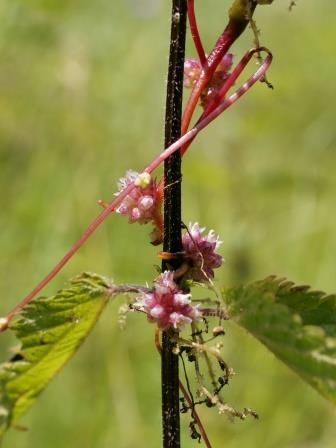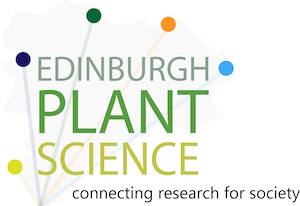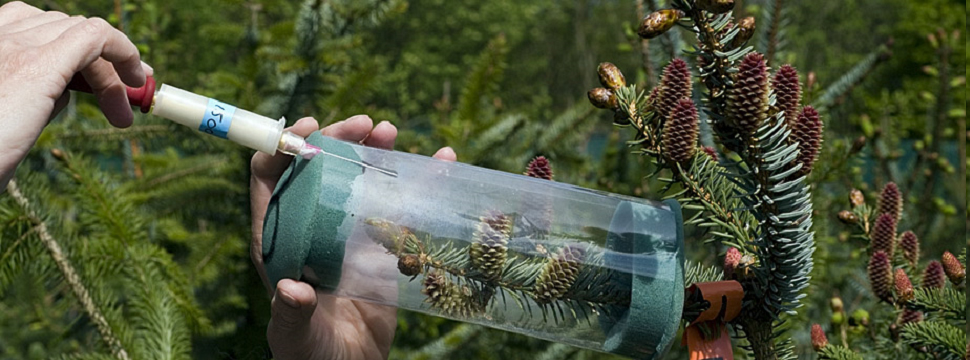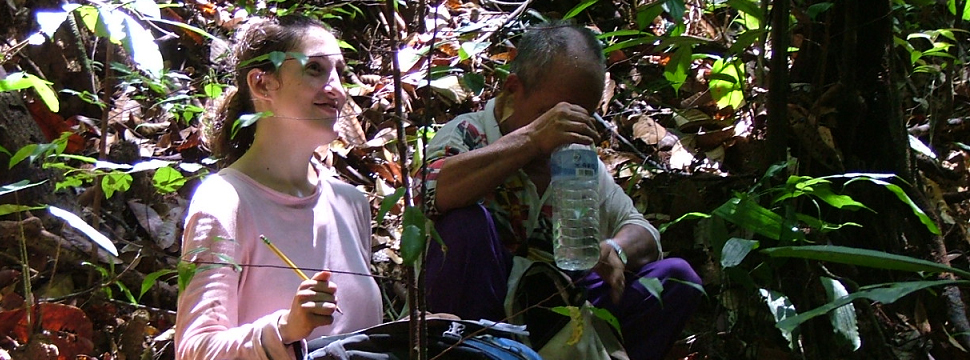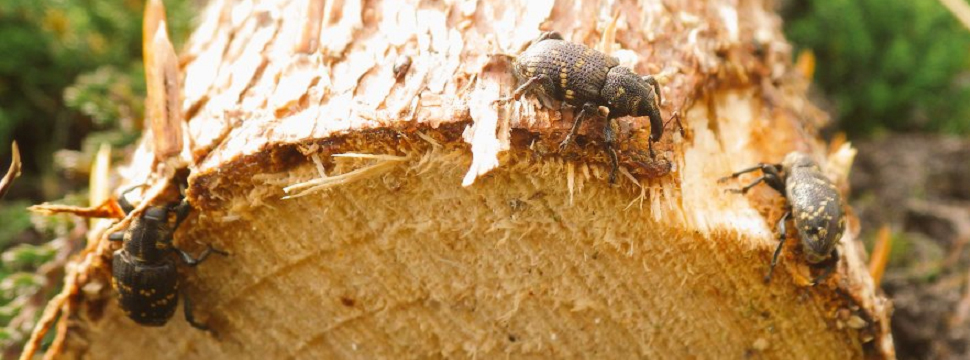What is a plant? A short journey in multidisciplinary science.
By Uriel Urquiza
Uriel is a PhD student at the University of Edinburgh. He uses Systems and Synthetic Biology approaches to understand circadian regulation in Plants.
Last year during the summer I was going for a walk on Arthur’s Seat with a friend from the MSc in the Biodiversity and Taxonomy of Plant Biodiversity, which is taught in the Royal Botanic Garden in Edinburgh. During our conversation we randomly started to talk about plant evolution. On one hand my friend loves fieldwork, and is interested in macroscopic traits. She finds that the traits are visually attractive and enjoys to classify species when doing fieldwork. On the other hand, I have a degree in Genomics and as a consequence I am biased towards molecular phylogenetics.
We ended up discussing a very fundamental question: What is a plant? For me it seemed very clear that photosynthesis was a necessary condition to classify an organism as a plant. But, she halted for a second and searched her memory. Suddenly, she pointed towards some of the trees. -”That orange plant you see there, the parasitic one, growing on the tree. That one does not photosynthesise!”. She had pointed out Cuscuta europaea right there on Arthur’s seat.
For me this was a very interesting fact. First, because it reminded me that in biology there are always unexpected behaviours. Second, it reminded me why I jumped into plant biology after years of very molecularly oriented biology; basically I wanted to be able to see my object of study with the naked eye. Third, because it showed me that when we connect with researchers in other fields of biology we can detail and refine our understanding biological systems, which is why we all became scientist in the first place.
What I learned that afternoon is that some plants survive on extracting nutrients from other plants or fungi and thus, they do not need to photosynthesise. This makes them obligate holoparasites meaning they cannot exist without a host. Several examples come from the Monotropaceae genus, which are perennial root masses that are strictly dependent upon mycorrhizal fungi in mixed and coniferous forest (Olson A. R. 1990). Another striking example are the floral giants from the Rafflesiaceae family. Furthermore, specimens from this family can measure one meter in diameter and weigh up to 7kg. Some of them are holoparasitic, meaning that depend completely on the host and they do not present leaves, stems or roots and live embedded in the host plant.
One question that emerges is Why did these plants lost their photosynthetic capacity? We can bring up several conjectures. We can use energetic arguments to explain the loss of genes involved in photosynthesis. It might have been profitable to lose mechanisms for shade avoidance and competition for light when gaining access to an alternative energy source. A comparative study between the Epifagus virginiana (yet another plant that does not photosynthesise) and the Tobacco chloroplast genome shows that in E. virginiana all the genes involved in photosynthesis are pseudogenes (genes that are no longer expressed). A multi-subunit enzyme called RuBisCO is fundamental in the photosynthetic process and the genes encoding the enzyme had lost its function. The loss of the photosynthetic machinery might support the energetic hypothesis if RuBisCO turns out to be a very important energetic sink. Therefore, inactivation of the genes would be an advantage if a less expensive way for obtaining energy was available to them. This is still an open question and some labs are trying to give a quantitative answer on how much energy is spent on protein synthesis every day (Mark Sttit Lab at the Max Planck Institute of Molecular Plant Physiology).
What started out as a simple conversation about the plants on Arthur’s Seat turned out to be a mine of interesting questions. This is why I enjoy interacting with scientists from other disciplines as it bring a jolt of inspiration to my own work. I hope that we can build a strong community of PhD students that has an impact on our local communities. I hope this blog serves us as a provocative space, where new and exciting ideas can emerge.
Davis C. C. et al, “Floral Gigantism in Rafflesiaceae”, Science 315, 1812, (2007)
Olson A. R., “Observation on the floral shoots of Monotropa hypopitys (Monotrepaceae)”, Rhodora, Vol. 92, No. 870, pp 54-56 (1990)
